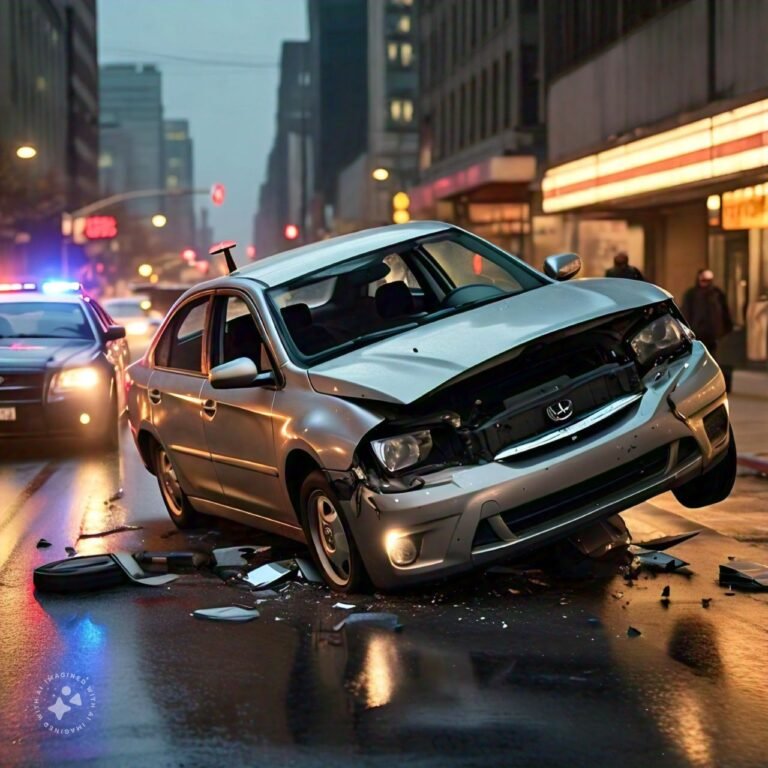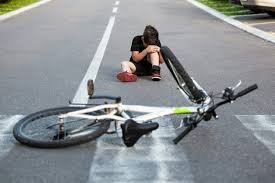Wearing proper safety gear is critical for motorcycle riders. Helmets, gloves, jackets, and boots protect against injuries and enhance overall riding comfort. Helmets decrease brain injury risk by 69% and death risk by 37%. Make sure your gear meets safety standards and fits appropriately. Your helmet should be DOT-approved, and your jacket and pants should be made from abrasion-resistant materials like leather or reinforced textiles. Gloves and boots should be sturdy enough to protect your extremities without compromising mobility. You can also consider wearing clothing with reflective stripes or high-viz colors to stand out from other drivers, particularly at night or in inclement weather. Safety gear isn’t just about physical protection; it’s also about being innovative and proactive in avoiding common motorcycle accident injuries.
Effective Riding Techniques
Mastering riding techniques can significantly lower your risk of accidents. Essential skills include:
- Maintaining a proper lane position.
- Practicing counter-steering.
- Understanding how to brake effectively.
The National Safety Council emphasizes the importance of continuous learning and practicing safe riding habits. Adapt your riding style to the environment; for example, adjust your speed and following distance in traffic to allow more reaction time. Engage in advanced riding courses to enhance your skills further. These courses often cover emergency maneuvers, cornering techniques, and hazard avoidance strategies. Knowing how to react in split-second scenarios can make a world of difference. Regularly practice these skills in a controlled environment or empty parking lot to build muscle memory and confidence.
Recognizing Hazardous Conditions
Awareness of hazardous conditions such as wet roads, loose gravel, or heavy traffic can prevent accidents. Always stay alert and adjust your riding style to the conditions. For example, reduce your speed during rainy weather and increase the following distance to avoid skidding. Wet roads decrease traction, making it harder to control the motorcycle. When encountering loose gravel or construction zones, ride slowly and avoid sudden turns or stops to maintain stability. Be extra careful at intersections and curves, where visibility is often limited. Frequently scan your surroundings for sudden changes and be prepared to act. The goal is to anticipate potential hazards before they become unavoidable.
Common Motorcycle Injuries
Serious injuries from motorcycle crashes include fractures, severe brain damage, and road rash. According to research, lower extremity injuries are most common among motorcycle riders, constituting over 30% of cases. Awareness of these common motorcycle accident injuries can help riders take precautions to minimize risk. Road rash occurs when the skin contacts the pavement, causing painful abrasions that can lead to infections. Fractures commonly occur in the legs, hips, and arms due to the impact of hitting the ground or another object. Traumatic brain injuries, often brought on by violent collisions or not donning a helmet, rank among the most devastating injuries.
Practical Prevention Methods
Implementing practical prevention methods can save lives. Routine bike maintenance, defensive riding courses, and regular health check-ups are a few measures every rider should adopt. Simple steps like checking tire pressure, brake pads, and lights can prevent mechanical failures on the road. Maintaining your motorcycle in top condition ensures that it performs well when you need it most. Enroll in defensive riding courses that teach you to anticipate and react to potential hazards. These courses often cover strategies for avoiding accidents and reducing risks. Regular health check-ups are also crucial; ensuring you are physically fit to ride can help you respond better in emergencies.
How to Respond in Case of an Accident
Knowing how to react can help in the regrettable event of an accident. First, ensure your safety and move out of traffic if possible. Even if you feel OK, get medical attention immediately because some injuries might not immediately appear. Keep emergency contacts and critical health information easily accessible at all times. Carrying a basic first-aid kit in your motorcycle’s storage compartment is also beneficial. Get witness contact information and record the accident site with pictures or videos. Report the incident to the authorities and your insurance provider immediately. Having a clear plan can help you stay composed during such stressful situations.
Brit is a passionate writer with a love for storytelling and exploring the depth of human experience through words. With a keen eye for detail and a thoughtful voice, Brit crafts pieces that resonate with readers and spark meaningful reflection. When not writing, Brit enjoys quiet moments with a good book, long walks, and finding inspiration in everyday life.






